The market for unmanned aerial vehicles (UAVs), more popularly known as drones, is growing quickly. Whether used in government or commercial roles, modern UAVs combine the advantages of high-performance aircraft with the functionality of the latest information technologies. Designers of UAVs need connectivity solutions that can deliver the performance that will keep pace with the latest technology whilst providing the reliability needed for airborne applications.
Established Technology
Drones are not new. Pioneered by the military, for many years unmanned aircraft were used as targets for aspiring pilots, controlled by radio links from the ground. They came of age in the skies of Southeast Asia, flying reconnaissance missions over well-defended targets. Using conventional aerospace technology, these pioneering drones resembled small fighter aircraft. In this way, they have more in common with modern military UAVs like the Predator and Global Hawk than today’s commercially available drone designs.
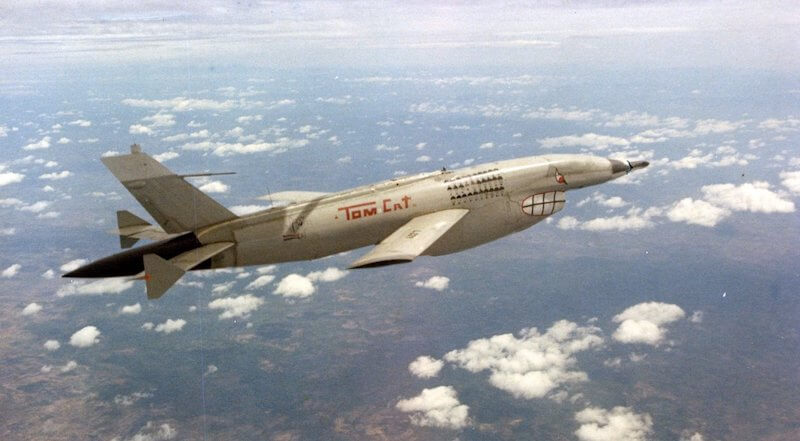
However, regardless of whether modern drones employ a fixed- or rotary-wing configuration, UAVs are freed from the need to carry pilots and their life support. As a result, UAVs can be made small and light. Alternatively, the weight of a pilot and life support can be replaced with additional fuel or mission equipment, vastly improving both the capability and endurance of the vehicle.
Delivering Greater Capability
This improvement in endurance is one of the key advantages for the use of drones in certain applications. Traditionally, we tend to think about military applications, where extended endurance means that UAVs can stay high over the battlefield for hours, providing constant “eyes in the sky.” However, this same performance offers critical advantages in other applications. From monitoring the wilderness for the tell-tale signs of wildfires to offshore search and rescue operations, high-endurance drones offer the ability to carry on a search without the limits imposed by a pilot in the cockpit.
One of the most interesting areas of the drone market is the growth in their use within commercial activities. Small, lightweight drones can be equipped with sophisticated sensor equipment, from high-definition video cameras to radar transmitters. The practical uses of UAVs in survey, inspection and surveillance tasks offer end-users with high-end capabilities at a fraction of the cost of using manned aircraft.
Modern commercial UAVs are also becoming increasingly powerful, expanding their potential use from that of monitoring and observation to the possibility of active intervention. In many parts of the world, the agricultural industry employs conventional aircraft for tasks including aerial application and crop dusting. The substitution of drones in the place of conventional aircraft for these tasks would result in lower costs, reduced environmental impact and improved safety. The same advantages will apply to use of drones for the urgent transport of medical or humanitarian supplies, or even the delivery of parcels.
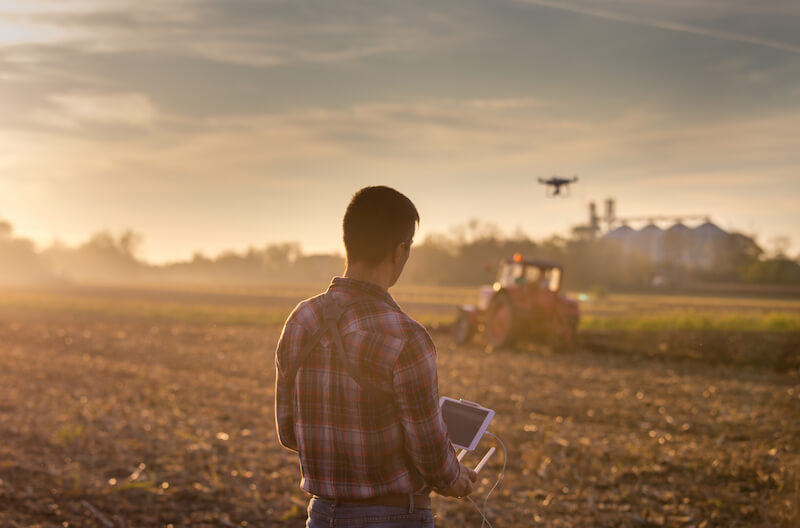
Connectors for Drones
As we’ve seen, the latest generation of UAV employs sophisticated systems to accomplish their mission, all of which have to be lightweight and compact. With high-definition video, high-speed signals, and power all required for use in drones, these systems demand high performance and reliability in connector solutions with reduced size, weight, and power (SWaP). Samtec has micro rugged, high-power and RF interconnects that meet these demands in unmanned systems and sub-systems to expand the capabilities and mission.
To support these high-performance applications, Samtec has created a range of lightweight and low-profile products that are certified with our Severe Environment Testing (SET) and Extended Life Product initiatives, ensuring that Samtec connectors deliver the reliability to match their performance.
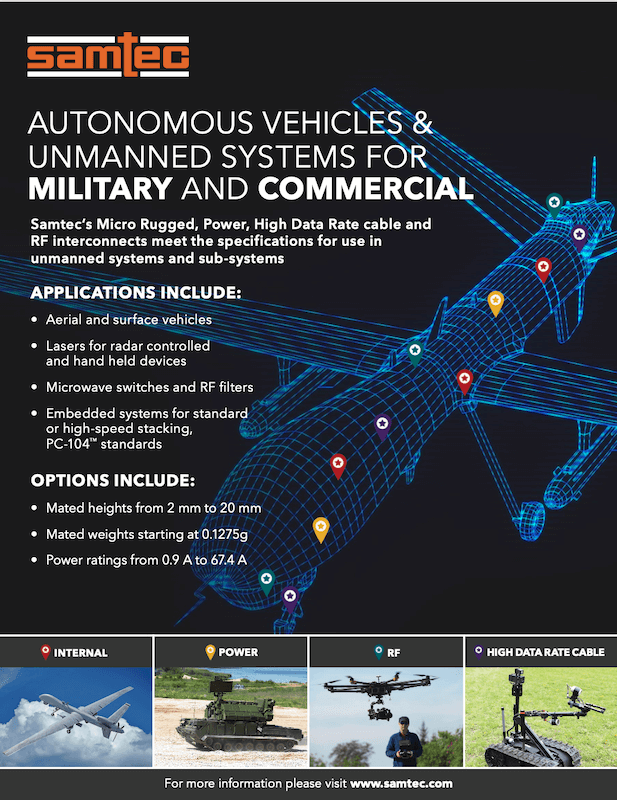
Take a look at our new military and aerospace applications page to learn more about how Samtec is supporting the UAV industry.

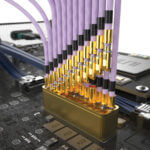
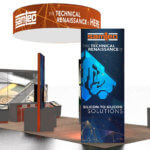
Leave a Reply